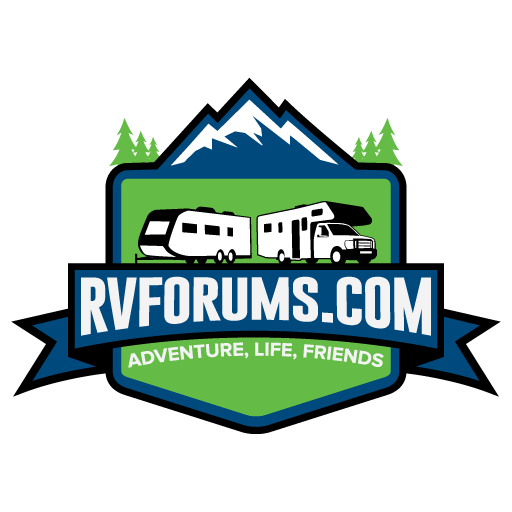J&JD
RVF Supporter
- Joined
- Nov 3, 2019
- Messages
- 2,764
- Location
- Fremont, California
- RV Year
- 2017
- RV Make
- Newmar
- RV Model
- Dutch Star 4018
- RV Length
- 40’
- Chassis
- Freightliner
- Engine
- Cummins ISL450
- TOW/TOAD
- Jeep Wrangler Sahara
- Fulltimer
- No
From page 11 of the ITR troubleshooting manual:
Domestic Hot Water
The call for domestic Hot water is automatic. There is a temperature sensor mounted on the domestic water inlet pipe to the heat exchanger. Once the hot water tap is opened, the domestic water will begin circulating through this heat exchanger. Once the inlet pipe cools below a pre determined temperature range, the distribution module zone board will respond to a call for domestic hot water, as long as it detects that heat is available inside of the Oasis Heating Module. In this situation, the distribution module zone board will turn on the summer pump and will circulate hot coolant through a small loop (summer loop) that goes through the heat exchanger and back to the Oasis. This will allow a constant supply of hot water, whenever the domestic hot water is used.
if I read this correctly, the zone board turns on the summer loop pump only when the domestic water supply temp drops a certain amount thus giving a constant supply of hot water when called for. It does NOT run continuously.
Domestic Hot Water
The call for domestic Hot water is automatic. There is a temperature sensor mounted on the domestic water inlet pipe to the heat exchanger. Once the hot water tap is opened, the domestic water will begin circulating through this heat exchanger. Once the inlet pipe cools below a pre determined temperature range, the distribution module zone board will respond to a call for domestic hot water, as long as it detects that heat is available inside of the Oasis Heating Module. In this situation, the distribution module zone board will turn on the summer pump and will circulate hot coolant through a small loop (summer loop) that goes through the heat exchanger and back to the Oasis. This will allow a constant supply of hot water, whenever the domestic hot water is used.
if I read this correctly, the zone board turns on the summer loop pump only when the domestic water supply temp drops a certain amount thus giving a constant supply of hot water when called for. It does NOT run continuously.












